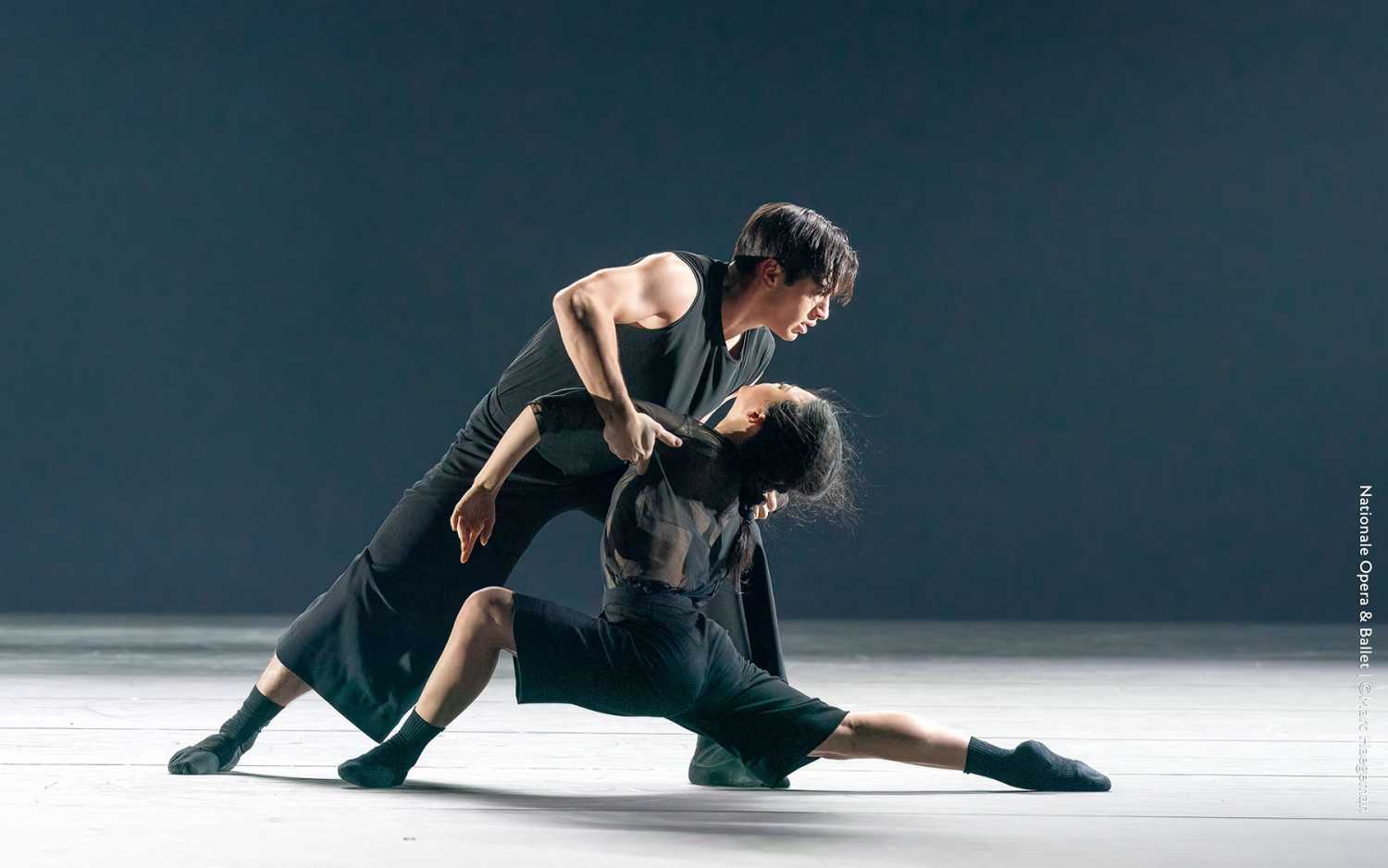Robe goes Full Frontal in Amsterdam
- Details

Full Frontal was the final work in Four Temperaments, a performance featuring the work of four choreographers, and was lit by Yaron Abulafia who enlisted the help of 40 Robe Tetra2 moving LED battens and an automation system.
He blended the intense emotion and paradox of dance with the drama and structural discipline of installation art to produce a truly outstanding visual encounter that immersed and enthralled audiences and the artists.
The Tetra2s assisted Yaron in sculpting his daring and combative light show for the 21-minute Full Frontal performance, which was created in close collaboration with Juanjo, set and costume designer Tatyana van Walsum and dramaturg Fabienne Vegt.
Choreographer Juanjo underlined the relevance of lighting: “Yaron proposed a beautiful light sculpture made of moving beams that are floating in space. The idea of having such a monumental structure over the dancers’ heads allowed me to drill down deeper into emotions, build tension, and achieve infinite light options, empowering the aesthetics and the dramaturgy of the piece.”
This was Yaron’s first time working with the Dutch National Ballet, although he has collaborated with numerous other high-profile international ballet companies around the world.
He specifically wanted to create walls of light with the Tetra2s as they descended from the ceiling and tilted in different directions and trajectories interacting with and confronting the dancers effectively providing extra - and unexpected - kinesis for a 13-minute section of the work.
“This piece was a rollercoaster,” comments Yaron, “driven by the anxieties, unknowns, and complexities of events like full-scale war, the global pandemic and other destabilising factors like ongoing natural disasters and climate change.
“I needed to accentuate all this expression, intensity and emotion, all the peaks and breakdowns, strengths and vulnerabilities of the performance with a stark and different style of lighting.”
The stage space was defined by some special stretched plastic 9m-high walls installed 2.6m off the ground and 22m apart widthways, with special side lighting.
The Tetra2s were rigged on six trusses, all flown with different orientations in different parts of the overhead grid. The automation system enabled them to fly in and out - like pressure moving down from the ceiling and crushing into the space below. They tilted and shifted, dynamically and dramatically changing the architecture and physics of the space, opening it up and closing it down as they interacted with the dancers.
Lighting was programmed via a grandMA3 console and was run completely manually following and feeling the pace and timing of the visual and musical cues.
Dutch National Ballet director Ted Brandsen also noted how “lighting played an essential role in the success” of this production, adding that while coordination between the technical elements, moving light fixtures and other scenic elements plus the dancers’ movements and choreography was a huge challenge of its staging, he was delighted with the results. “It was a very innovative, expressive and new way of experiencing dance,” he concluded.
The Tetra2s were supplied to the production by Ampco Flashlight. The Dutch Ballet Orchestra was conducted by Matthew Rowe and accompanied the soundscape, and the sound designer was Ian Dearden.
















